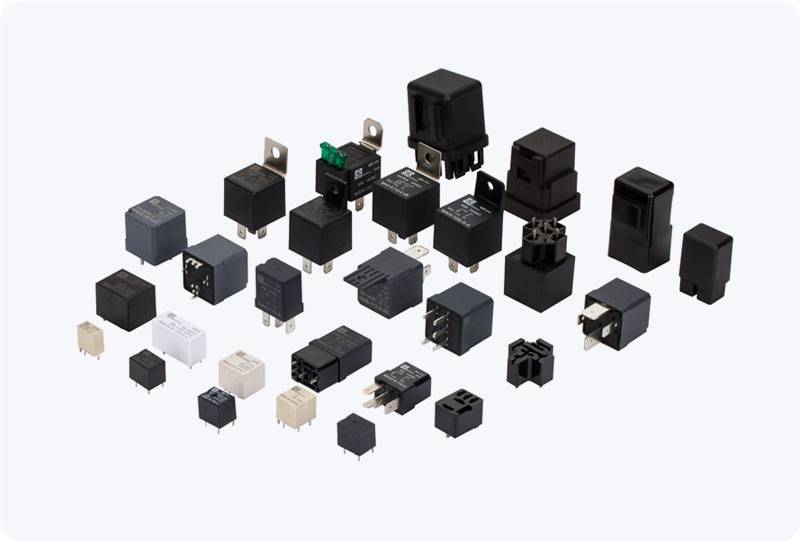relay failure modes in cars: understanding and diagnosing issues
Release time:2025-08-28 01:42:18
In modern automobiles, relays play a crucial role in the electrical system, acting as switches that control various functions ranging from simple lighting to complex engine management systems. When relays fail, the repercussions can lead to significant operational issues, safety concerns, and costly repairs. Understanding the common failure modes of relays in cars is essential for vehicle maintenance, troubleshooting, and enhancing the overall reliability of automotive systems.

1. Poor Contact Integrity
One of the most common failure modes of relays is poor contact integrity. Over time, the electrical contacts within the relay can become corroded or pitted due to arcing from repetitive high-current operations. This degradation can lead to increased resistance, resulting in a significant voltage drop across the contacts. Symptoms of poor contact integrity often manifest as intermittent operation of the controlled device, leading to confusion for the driver. For example, a malfunctioning headlight relay may cause the headlights to flicker or fail to turn on completely, creating a dangerous situation while driving at night.

